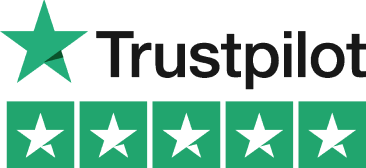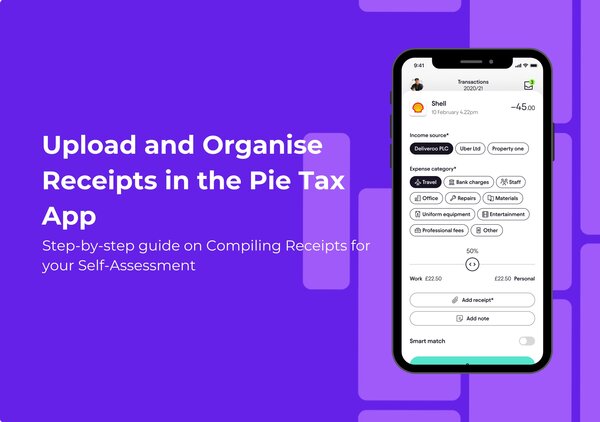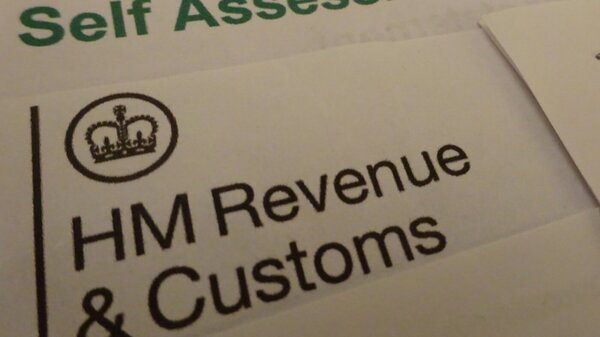Let’s Break This Down Together...
Making Tax Digital for VAT is here, and choosing the right software can feel overwhelming. Not sure which tool ticks HMRC’s boxes and actually makes life easier?
This article compares top MTD-compatible software tools in plain English. It covers costs, features, and which suits different types of businesses.
You’ll leave knowing exactly which option fits your needs and budget. Let’s dive in.
What's All This MTD Business About?
Making Tax Digital (MTD) is HMRC’s initiative to make tax administration more effective and efficient. For VAT-registered businesses, this means no more manual returns.
Businesses with a taxable turnover above the VAT threshold (currently £85,000) are required to comply with MTD for VAT. 'Taxable turnover' refers to the total value of sales that are subject to VAT, and the VAT threshold is the amount that determines when a business must register for VAT and follow MTD rules.
VAT applies to all VAT-registered businesses in the UK, and reaching the VAT threshold triggers the mandatory requirement to comply with MTD for VAT. MTD for VAT is the process of keeping digital VAT records and submitting VAT returns using compatible software.
'MTD' means 'Making Tax Digital', a government initiative to ensure digital tax compliance for businesses, including sole traders, companies, and landlords. With the right software, MTD can actually make your life easier by cutting down on errors and saving you time.
What Exactly Is Making Tax Digital VAT Software?
Many businesses use accounting software to manage their finances, but to comply with Making Tax Digital (MTD) requirements, this software must be compatible with HMRC’s systems. Only functional compatible software, as defined by HMRC, can be used for digital VAT submissions. The best solutions are HMRC-recognised, ensuring your VAT returns are fully compliant.
MTD VAT software connects directly with HMRC’s systems, allowing you to submit your VAT returns digitally without logging into the HMRC website. Some software can import or export data in comma separated values (CSV) format, making it easier to integrate your records.
Good MTD software keeps digital records of all your VAT transactions, calculates your VAT figures, and helps with accurate VAT submission by sending everything to HMRC with just a few clicks.
VAT bridging software or MTD bridging software can connect spreadsheets or other systems to HMRC for digital submissions if your current accounting tools are incompatible.
The software must use HMRC’s API, ensuring your submissions meet all the requirements. Think of it as your VAT assistant, it reminds you when returns are due, helps you avoid mistakes, and keeps everything organised in one place.
Features Worth Looking For
The best MTD VAT software offers direct integration with HMRC, so you can submit returns without jumping between systems. Look for cloud-based solutions that let you access your VAT information from anywhere, handy for checking things while on the move.
Automatic calculations are a must. The software should work out your VAT liability based on your records, cutting out human error. A clear dashboard showing upcoming deadlines, past submissions, and payment status helps you stay on top of your obligations.
The software should help you keep your records digitally, as required by HMRC, ensuring you meet all compliance standards. When setting up or registering, you'll need to enter your business name and VAT details to ensure accurate submissions.
User-friendliness matters too. You shouldn’t need a degree in accounting to file your VAT return! Using compliant software gives you total peace of mind regarding your VAT obligations. Solutions like Easy MTD are designed for simplicity and ease of use, making it straightforward to submit VAT returns and stay compliant.

Digital Records and Bank Transactions
Keeping digital records is at the heart of Making Tax Digital. For VAT registered businesses, this means using MTD compatible software to record every transaction, including all your bank transactions, in a digital format. With the right compatible software, you can automatically import bank data, track your financial records in real time, and ensure that every piece of VAT data is stored securely and accurately.
By managing your digital records through MTD compatible software, you not only make it easier to submit VAT returns, but you also reduce the risk of errors that can happen with manual entry.
This approach streamlines your financial management, giving you a clear overview of your business’s finances and making tax digital compliance much simpler. Plus, when it’s time to file your VAT return, all your data is already organised and ready to go, saving you time and stress.
Bridging Software vs Full Accounting Systems
If you’re happy with your current accounting system, bridging software might be perfect. It takes your existing data and connects it to HMRC. Bridging software can also be used to submit VAT returns for each VAT period as required by HMRC.
Full accounting solutions offer more features, including tools to help manage your accounting period and ensure accurate reporting, but might be overkill if you just need to meet the MTD requirements.
Consider your business size and complexity. Smaller businesses might find bridging software more cost-effective.
The price difference can be significant, so weigh up what you actually need rather than paying for bells and whistles you’ll never use.
Preparing for Making Tax Digital
Getting ready for Making Tax Digital doesn’t have to be overwhelming. The first step is to make sure you have MTD compatible software that can connect directly to HMRC and submit VAT returns digitally. Review your existing accounting system to check if it’s compatible with the new rules, or if you need to upgrade to a new system that supports digital record keeping.
Next, register for MTD with HMRC and, if you use an agent, set up an agent services account so they can submit VAT returns on your behalf. It’s also important to familiarise yourself with the new rules, such as the requirement to keep digital records and submit VAT returns every quarter.
By taking these steps now, your business will be well-prepared for the new system, helping you avoid penalties and ensuring a smooth transition to making tax digital.

Small Businesses and Making Tax Digital
Small businesses, including sole traders and limited companies, are just as affected by Making Tax Digital as larger organisations. If you’re a VAT registered business, you must use MTD compatible software to submit your VAT returns, no matter your size.
For many small businesses, bridging software is a practical solution, it connects your existing accounting system to HMRC, allowing you to submit VAT returns without a complete overhaul of your processes.
Using compatible software helps automate calculations, reduce errors, and keep your records up to date. If you’re unsure about the new system, HMRC and tax agents offer guidance to help you stay compliant with making tax digital rules. By embracing MTD compatible software and seeking support when needed, small businesses can make the most of the new system and focus on growing their business.
Common Challenges When Switching to MTD
Moving your data from old systems to new software can be tricky. Good MTD solutions offer import tools to make this easier, and are essential as digital systems are replacing manual tax returns for VAT, income tax, and other taxes.
Staff might need time to adjust to new ways of working. Look for software with good support and training resources, especially as MTD for Income Tax (MTD for income tax) will soon apply to self employed individuals and landlords with qualifying income thresholds.
The “digital links” requirement means data can’t be manually copied between systems. Your software needs to handle this properly, as digital for income tax and tax digital for income processes will eventually replace traditional assessment tax returns and income tax self assessment.
I once spent three hours trying to manually transfer data before realising my new MTD software had a one-click import function. Don’t make my mistake!
Special VAT schemes like flat rate or margin schemes need specific handling. Check that your chosen software supports your particular setup. Note that some individuals may be exempt from MTD if they do not have a valid national insurance number.
MTD will eventually expand to cover income tax, corporation tax, and self assessment, so self employed and those with qualifying income should prepare for future changes.

Benefits of Making Tax Digital
Making Tax Digital brings a host of benefits for businesses of all sizes. By using MTD compatible software, you can reduce errors and improve the accuracy of your VAT returns, thanks to automated calculations and digital records. This not only saves you time but also helps you avoid costly mistakes and penalties.
With digital records, you have instant access to your financial data, making it easier to track business performance and make informed decisions. The process of submitting VAT returns becomes faster and more efficient, freeing up valuable time for other areas of your business. Plus, many MTD compatible solutions offer insights and analytics to help you understand your finances better.
Ultimately, making tax digital is about helping businesses get their tax right, streamline their processes, and improve their overall financial management. By adopting the right software, you can enjoy greater peace of mind and focus on what matters most, growing your business.
Staying Compliant and Avoiding Penalties
HMRC now uses a points-based system for late submissions. Rack up enough points and you'll face a financial penalty. Late payment penalties are separate and can add up quickly. Good MTD software helps you track payment deadlines.
You need to keep digital records for at least six years. Your software should make this storage simple and secure. Regular software updates ensure you stay compliant as HMRC's requirements evolve. Choose a provider that keeps their system current.
Final Thoughts
Making Tax Digital for VAT doesn't have to be complicated. With the right software, it can actually streamline your tax processes.Take time to choose a solution that fits your business size and needs. What works for a large company might not suit a small trader.
Remember that MTD is here to stay, and HMRC plans to extend digital reporting to other taxes too. Getting comfortable with it now puts you ahead of the curve.











